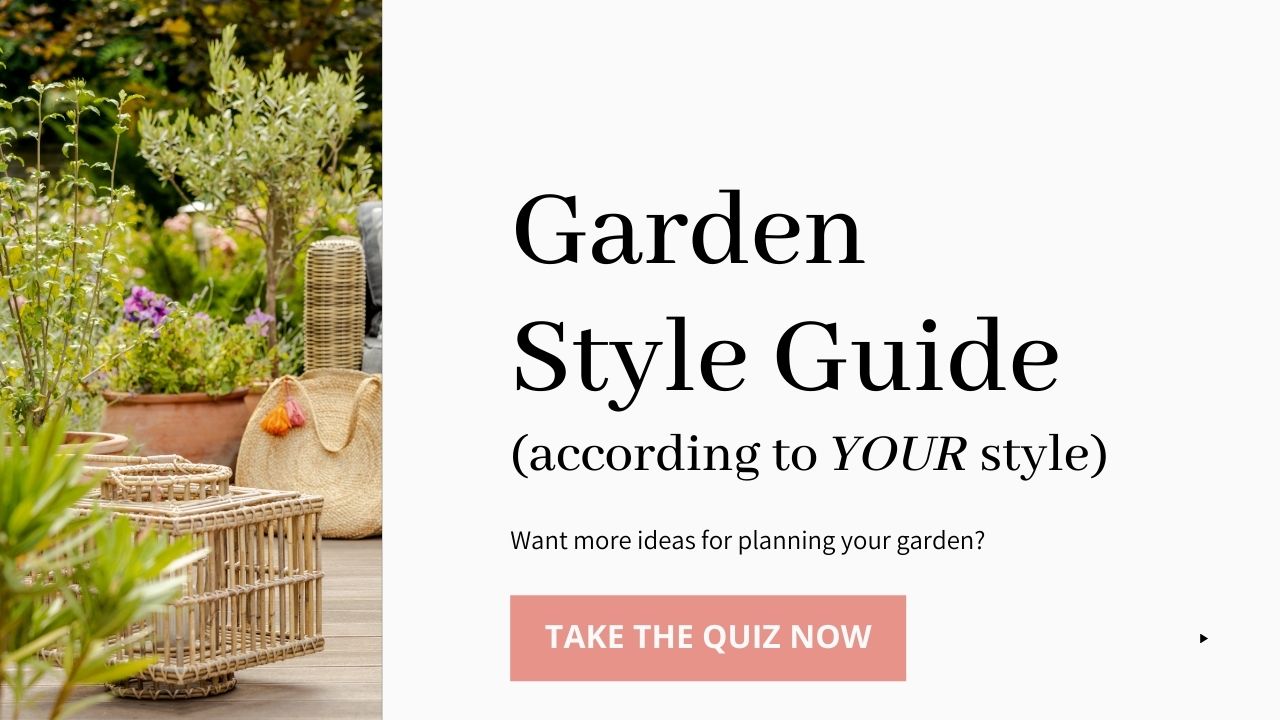The 3 Steps to Choosing Surface Materials for Your Backyard
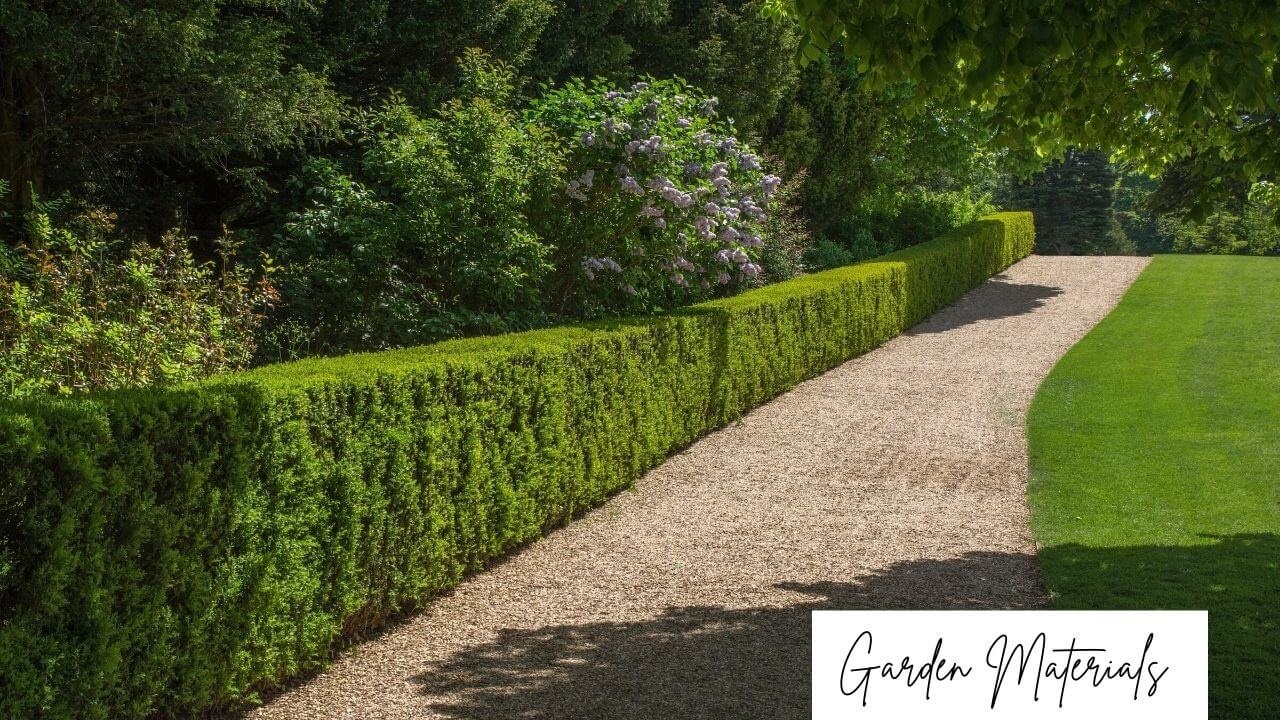
When choosing surface materials for your backyard, there are two ways to go: you can either use hard surfaces or loose surface materials. This major decision affects your budget, the decision to DIY or use hired help, rainwater management on your yard, and the usability of that outdoor space area.
By hard surfaces, I mean materials like
- paving stones, whether natural or concrete,
- slabs,
- slate,
- brick, and
- poured concrete.
They are solid and laid close to each other to form a continuous surface with minimal or no gaps.
On the contrary, loose surface materials are loose, as their name tells us. You spread them in their place, and they move and crunch under your feet. Materials like
- gravel,
- pea shingle, and
- wood and bark chippings
belong to this group.
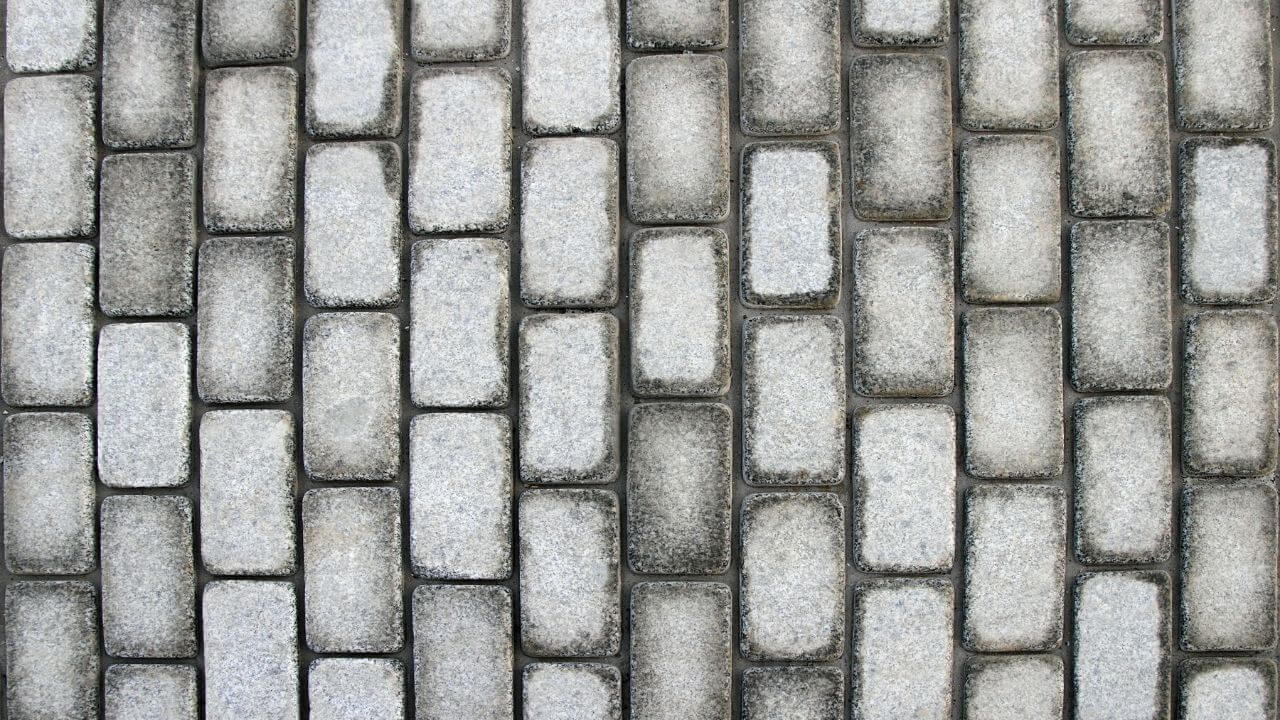
1. Who Does The Installation - You vs. Landscape Contractor?
If you're planning to DIY the surfaces in your outdoor space, it's essential to consider how experienced you are in building your garden or how much time you have to learn to do it yourself.
Hard surface materials demand more skill to install. They also need a solid foundation that ground frost doesn't move and can stand heavy loads if there is any vehicle traffic.
On the contrary, loose surface materials are much more forgiving. As they are flexible, they do not mind ground frost as much. If the ground moves, the tiny particles of the loose surface move with it and land back in its place after the ground frost has melted. The foundation can be much lighter. Their installation is also easy as you just need to spread it over the foundation layers or the ground.
Now it's time to consider your budget. Easy installation and the need for less digging and compacted hardcore also translate to costs and the time how fast you can finish the project.
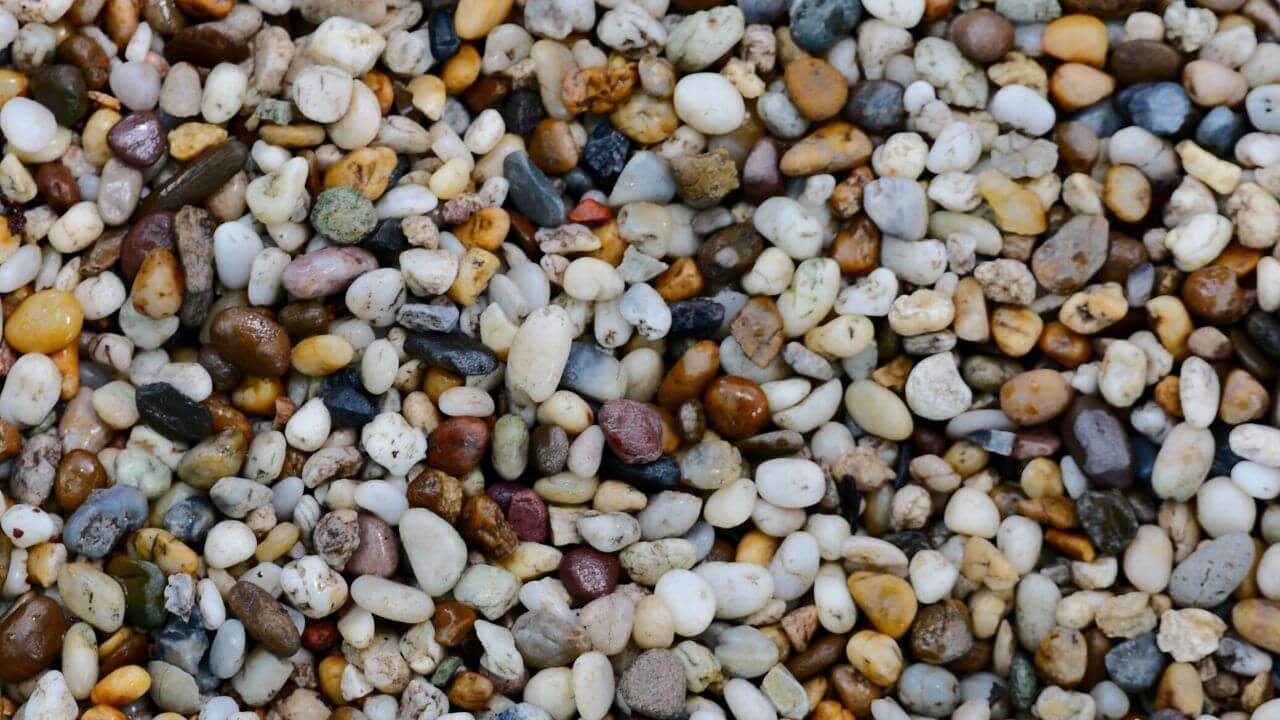
2. Choose Surface Materials Rainwater Management in Mind
There is another important aspect to consider. If you check your existing surfaces in your outdoor space, are the puddles forming on your patio, path, or driveway areas? Are there any problems with the water run-off? If the answer is yes, it might be good to consider using loose surface materials or semi-permeable materials in those areas.
Planting areas and lawns, aka soft landscaping, are the optimal surfaces that allow the water to drain into the ground. If you have lots of green areas, you don't usually have problems with surface waters. So it's good to have a balance - either increase the planted area around the hard surface or use loose materials that can do the job if adding vegetation is not possible.
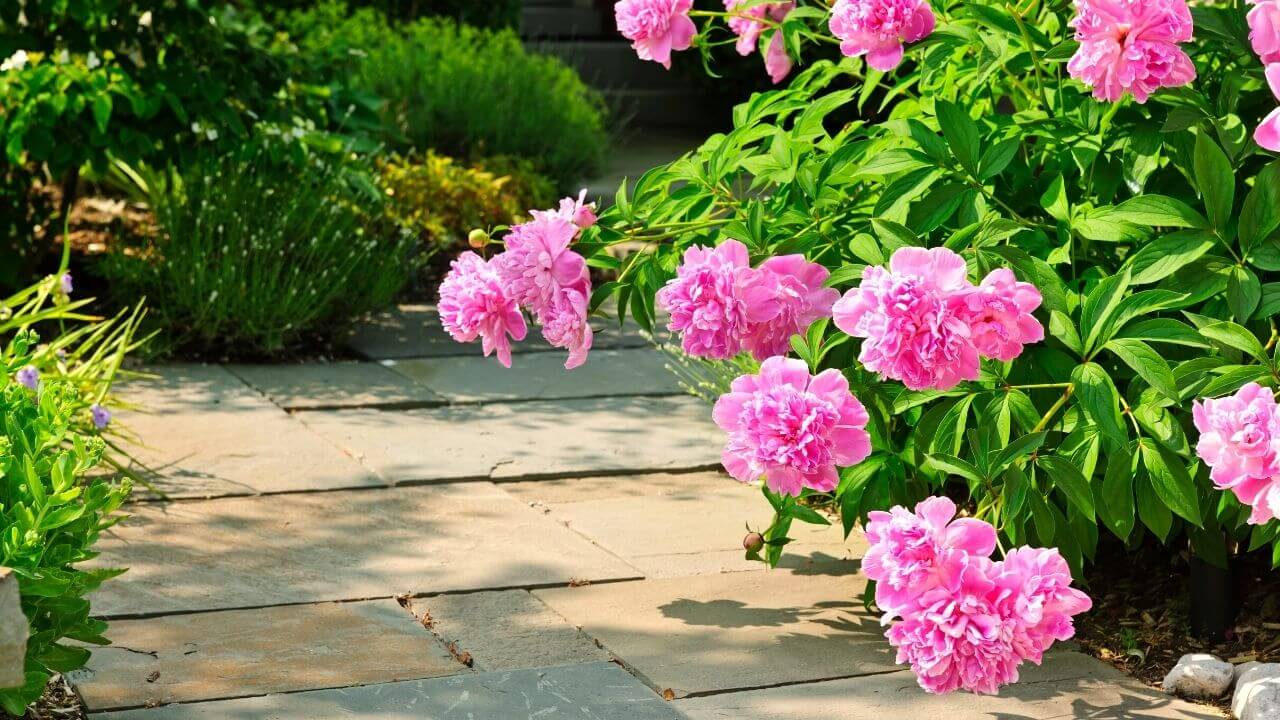
3. Suitability for The Planned Purpose
Form follows the function. I would say that the surface material should follow the function you have planned for an area, whether a garden path, patio, or driveway.
If you need a level and solid surface like an area to place your outdoor dining table with chairs, you need a surface that keeps the table steady and not wiggling. Then a hard surface is a way to go.
On the contrary, it might be nice to have contact on the more textured surface when you're moving around your garden. Then you could consider loose surface materials. On paths, the gravel and shingle are cost-effective options. You could even consider bark mulch or wood chippings in a woodland garden.
Time to Choose The Suitable Surface Materials for Your Backyard
There you have it! The three steps to think through when deciding on surface materials to use in your backyard. By evaluating these three aspects, you can find a nice balance between your budget, needed installation skills, your yard's drainage needs, and the planned function for the area.
Hey, how about wooden decking, you might ask. Yes - that's a good question as it forms a group of its' own in this classification. Wooden decking needs a solid foundation that doesn't move even though your area had deep ground frosts during the winter. On the contrary, wooden decking does not block drainage like hard surfaces. Many find it easier to build than laying paving stones, so that's for considering the suitability for a DIY project. It's also level and solid for your tables and chairs.
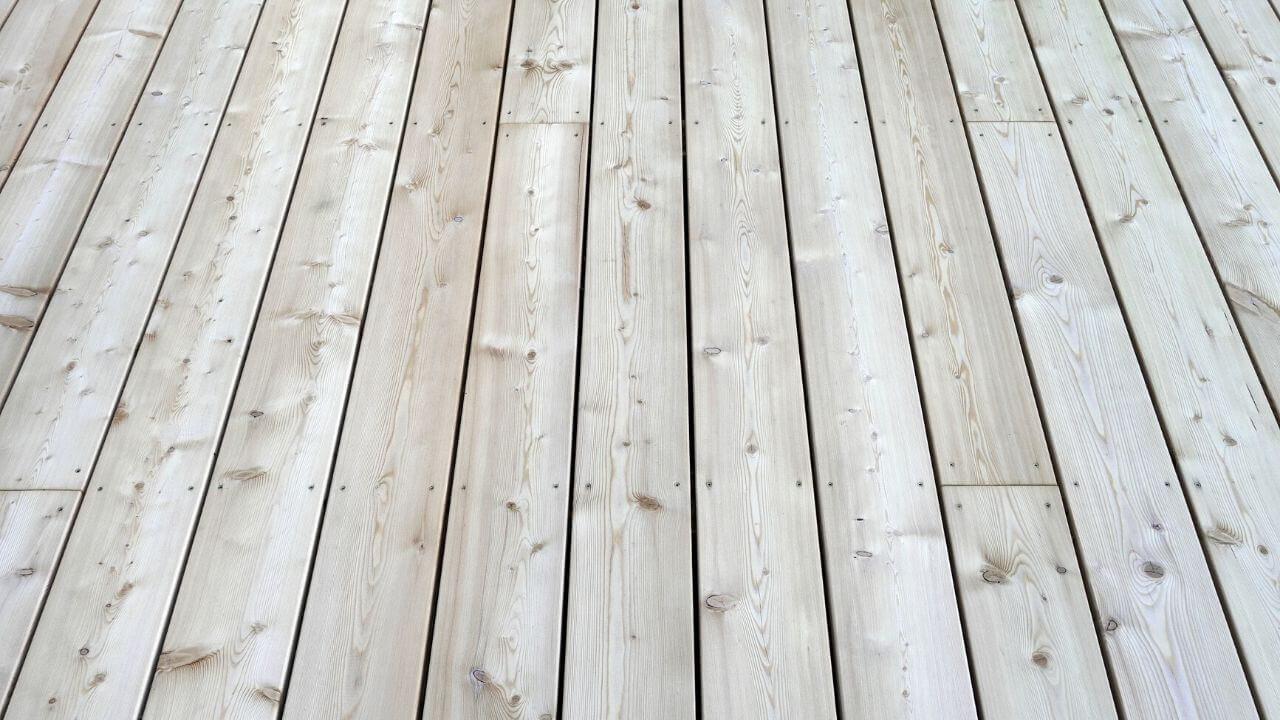
A good rule of thumb is: Use hardscape materials only where they are needed. As a result, you'll create a more lively, relaxing, and sustainable backyard.
Need some more help in choosing surface materials for your garden? I have just the resource that will help you choose the suitable materials style-wise. My Garden Style Quiz will help you identify your garden design style and what kind of materials highlight your style best. Take the quiz >> HERE <<
Want to Discover Your Garden Style?
Take my popular Garden Style Quiz to find out which outdoor aesthetic suits you best—and get tailored ideas for building a garden you love.

